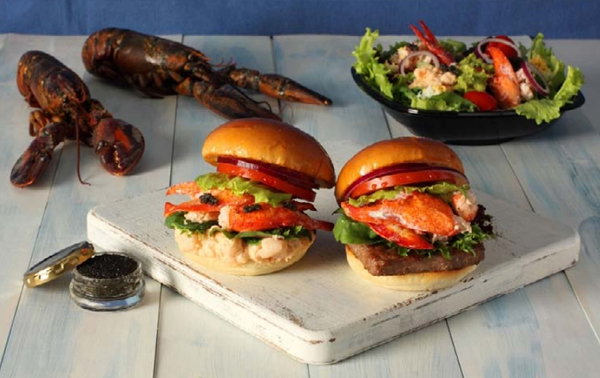Franchising, retail, business

16/02/2015
If you were to spend £20 on a lobster, you’d be £20 poorer, but £20 for a lobster - that’s cheap no? How about £20 for a burger? Far too expensive. And yet both menu options cost the same price at Burger & Lobster, a London-based restaurant chain which started in 2011 and is soon to open its seventh restaurant in the capital, serving burgers, lobsters and drinks only.
There is nothing shocking about the idea, proven in countless studies, that in a blind test between two identical products we will prefer the one we are told is more expensive. We trust price, particularly in countries where haggling has been relegated to buying tat from the market on holiday. We believe that we should enjoy a £50 bottle of wine more than a £5 bottle of wine and so we invariably do. The essence of the conundrum of value is that, for individual consumers, the difference between actual value, what we want to pay, and perceived value, what we think we should pay, can be almost impossible to discern.
The law of demand that states, all other factors being equal, as the price of a product increases, consumer demand for the product decreases, and vice versa. The more expensive something is the fewer consumers want to buy it – supposedly. A famous proverb attests that in matters of taste there can be no disputes. Indeed, often in matters of taste price can become the validating factor. How could you dislike caviar or wagyu beef or oysters when they are so expensive? Is there something wrong with you? It is easy to assume these delicacies have always been this expensive – implying some universal standard of taste – easy but wrong.
Take the princely lobster, for example. According to an infographic from Vouchercloud, in the 17th and 18th centuries lobster was peasant food (ditto oysters). Seriously. Even at the beginning of the 19th century a tin of canned lobster, often used as cat food, was a quarter of the price of a tin of Boston Baked Beans! Though prices became more fashionable and began to rise in the 1920s, even during the Second World War lobster was not subject to rationing in America and was consequently enjoyed by all. It was only in the 1950s, with the establishment of fishing quotas keeping supply constant, that it was firmly established of a dish for the rich and famous. Now it is hard to imagine any other way.
Recently, there has been a surge in the popularity of ‘ancient grains’. According to Vouchercloud, in 2013 sales of Kamut wheat, spelt and amaranth increased by 868%, 363% and 123% respectively. Ancient grains is a marketing term. There is no agreed definition, at least not in any scientific sense. It is true that many ‘ancient grains’ have been grown and harvested in similar ways and areas for thousands of years (and now with the rise in demand for them in many new areas with modern farming methods). The customer pays a serious mark-up for all that ‘history’ for a product that, in any real sense, just isn’t that distinct from wheat. No one is marketing venison, admittedly another product with a high premium, as ‘ancient meat’.
While £20 for a humble hamburger does seem of less value than a £20 lobster, there are times in history when it wouldn’t have. What’s more, if you enjoy it who can tell you should have ordered the lobster. In matters of taste there can be no disputes..
Fonte:http://www.retailgazette.co.uk/articles/24412-whats-the-difference-between-a-burger-and-a-lobster?dm_i=26NX,36SBX,FXSGIV,BF5CC,1